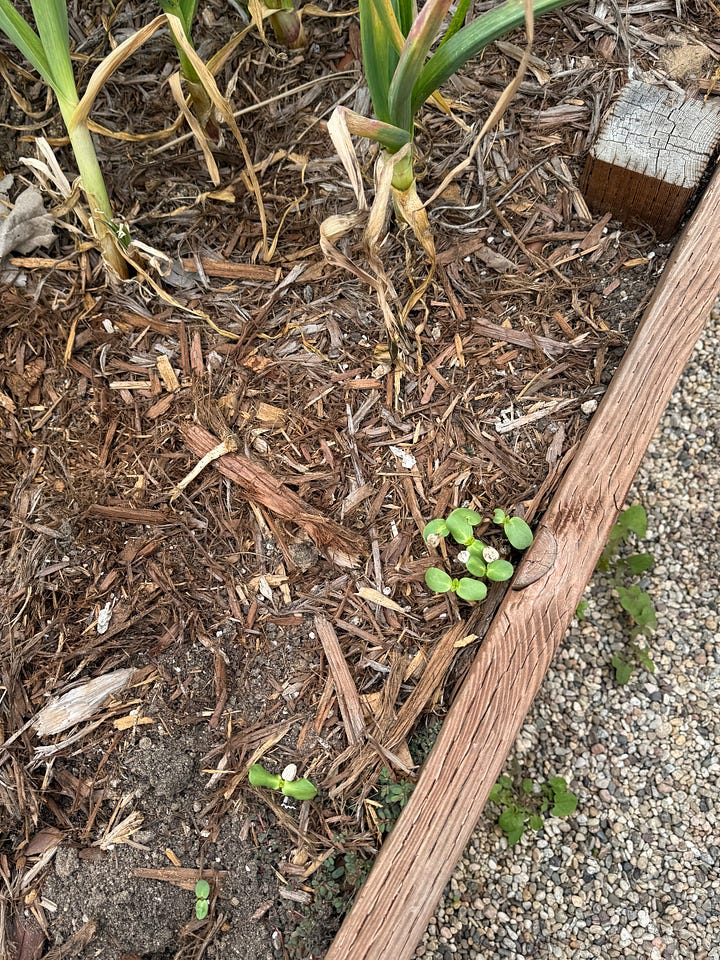There’s a moment every spring when the garden tips from green and pristine to feeling, well, a bit cluttered. Overgrown in the wrong places, weeds taking over in some. Blooms beginning to fade, perennial bulbs flopping over. This is the time of year when the garden asks us to edit.
Providing some breathing room and making space for what you actually want to grow is essential as we head into the most abundant stretch of the season. In today’s newsletter, I’m diving into the topic of spring garden maintenance and sharing a handy checklist to help guide your own edits. We’ll meander through my garden too, with a few photos along the way.
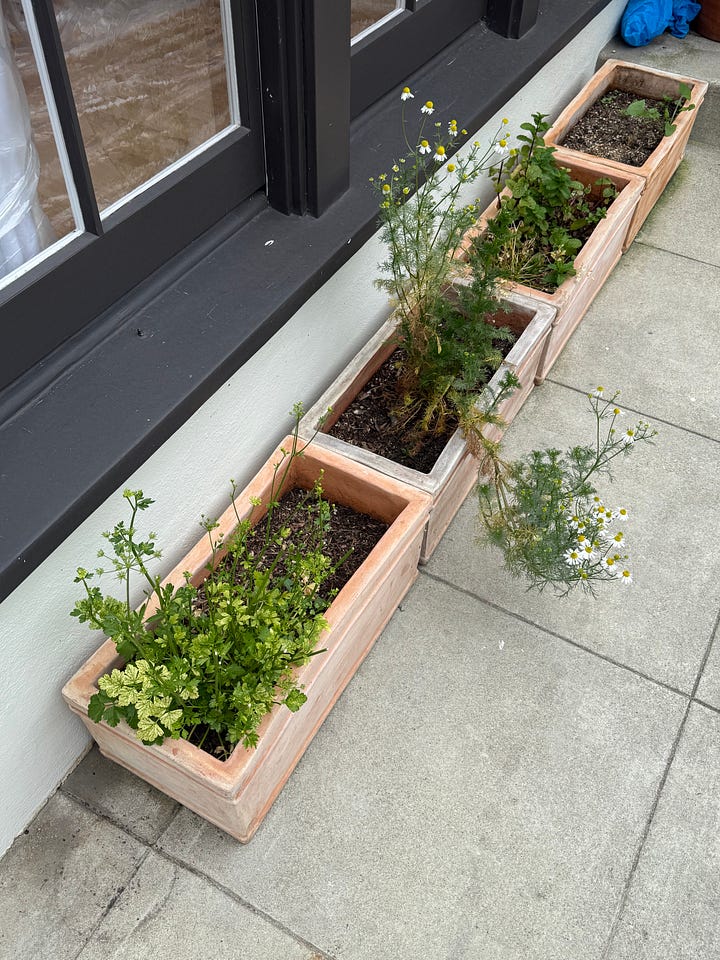


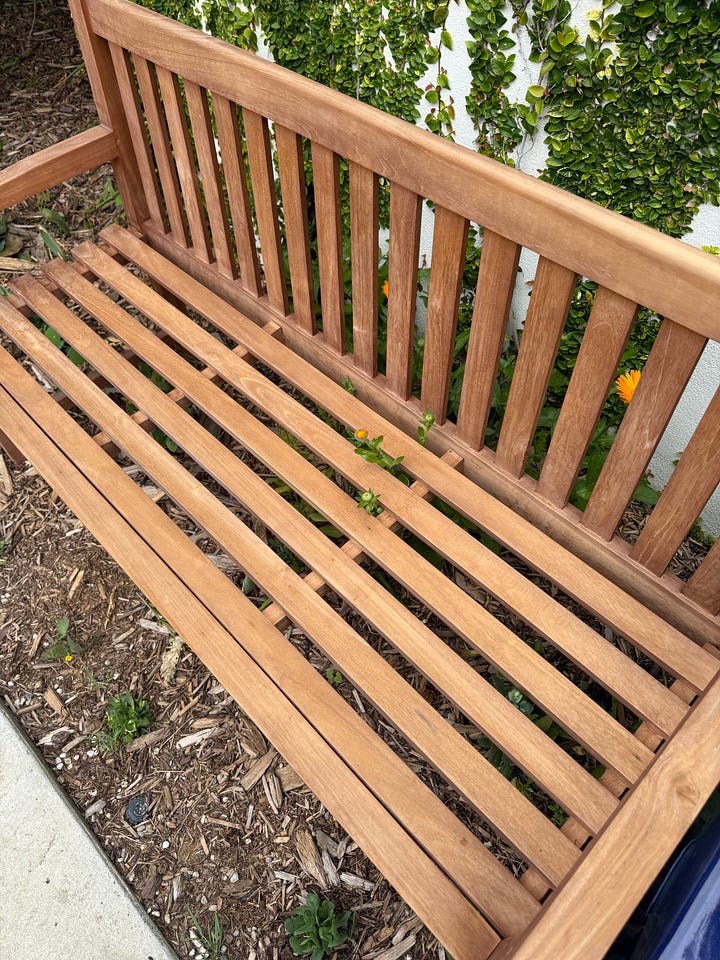
But first, a new recipe to make the most of what’s in season right now.
Spring Raviolette with Asparagus Broth
Watch me make it on TikTok and Instagram.
This recipe is part of my ongoing Garden Kneads series, where I pair handmade pasta with a garden grown sauce. The inspiration for this dish came from a familiar pang of guilt that came from tossing the woody ends of asparagus into the compost. I knew they were full of flavor, just not something you would want to chew.
That’s when the idea struck: a broth. And one of the most underrated ways to enjoy filled pasta, like ravioli or tortellini, is in a light, flavorful broth. So I pulled out some wilting Swiss chard from my crisper, rolled a single sheet of swiss chard and ricotta ravioli, and nestled it into a steaming bowl of asparagus and herb broth.
You could absolutely skip the handmade pasta and use store bought spinach and cheese ravioli and go straight to the broth. It’s a great way to make use of scraps and soft herbs. Just do not skip the parmesan rind. It is the secret ingredient that brings everything together, adding depth and umami. I keep a stash of rinds in the freezer for just this kind of thing. You can sometimes find them sold on their own at Whole Foods, or simply trim the rind from a fresh wedge. Find the full recipe here.

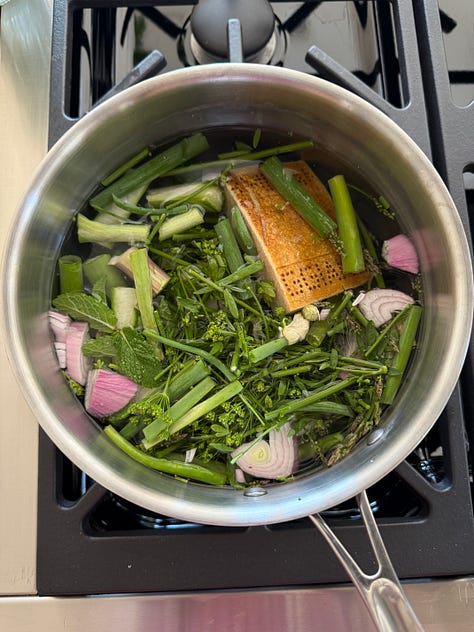

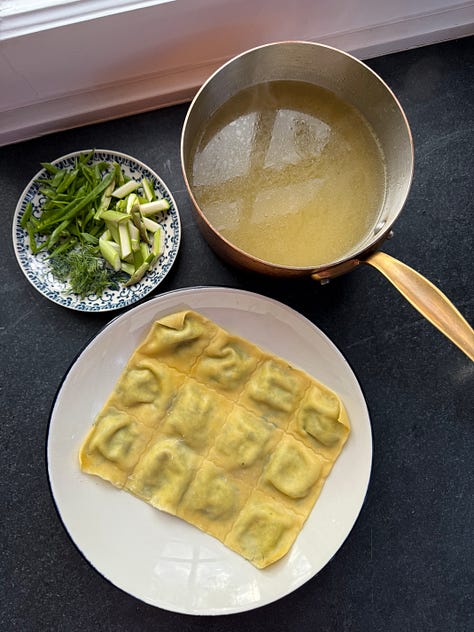


Deadheading when beauty starts to fade…
Think of deadheading as encouraging plants to try again and come back. When a bloom like calendula goes to set seed, it signals to the plant that its work is done. But if you snip the spent blooms, you can nudge it back into bloom mode instead of setting seed mode. You can try this with snapdragons, calendula, poppies, violas, pansies, and flowering herbs like cilantro if you want to extent the leafy stage.




Dividing when one plant becomes many…
Sometimes perennials get so happy that they outgrow their planting space. Overcrowding can stop blooms from growing or crops from thriving. Spring is a perfect time to divide while the weather is mild. Try dividing herbs like chives, mint, lemon balm; flowers like lilies, irises, yarrow. To divide: dig up the entire plant and using your hands gently separate in to clumps and replant divisions immediately, water well and apply mulch.
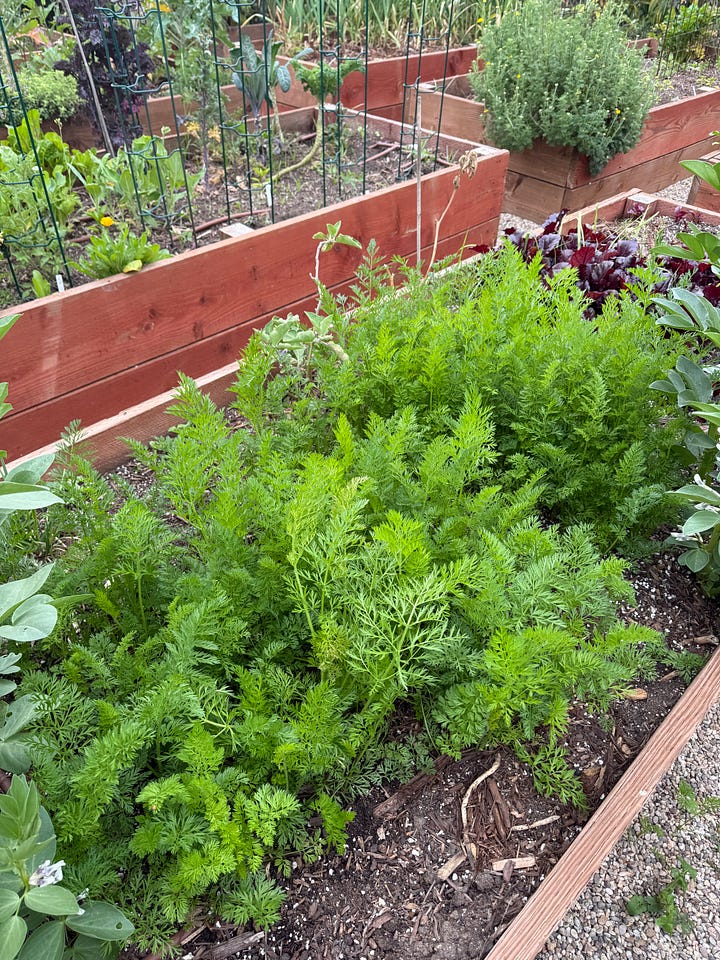
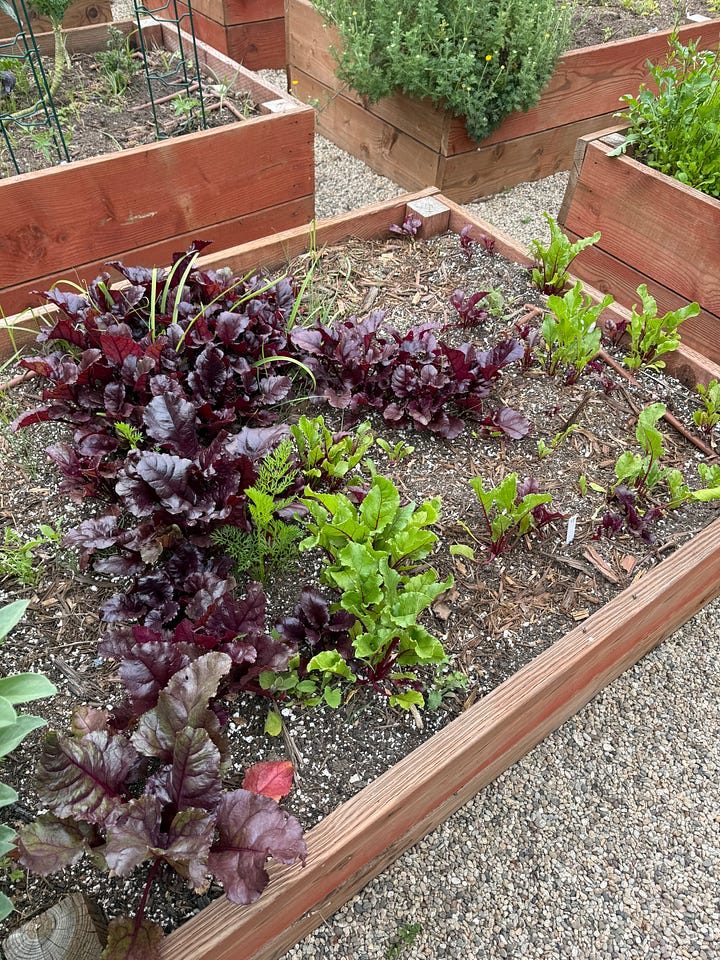


Making Space so others can shine…
Sometimes spring cleaning means removing something entirely. For example, the arugula that’s bolted or a few self-sown calendula plants crowding out your tomatoes. When making space: look for plants that are shading out seedlings or transplants, spent crops, and self-seeders like calendula and borage.

